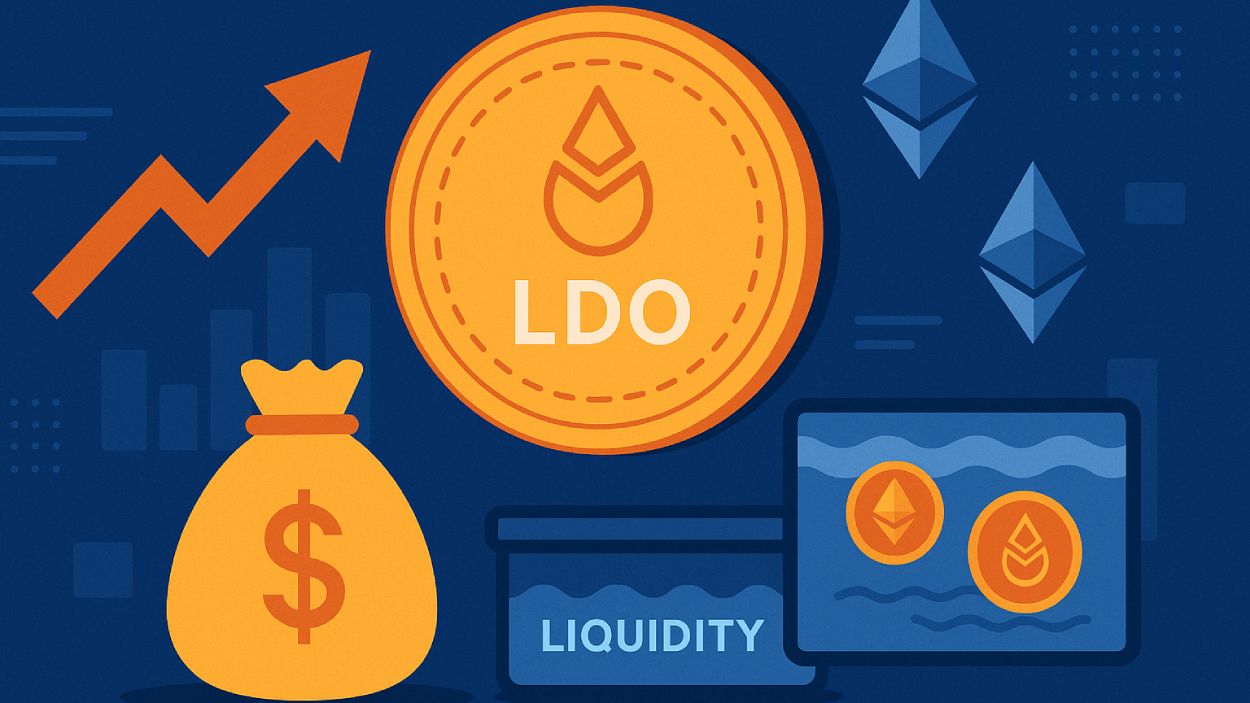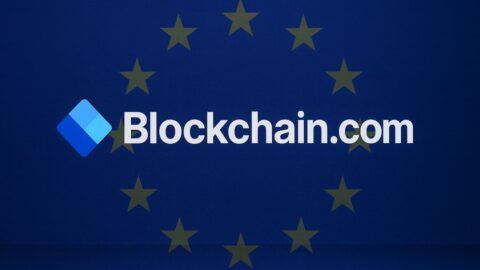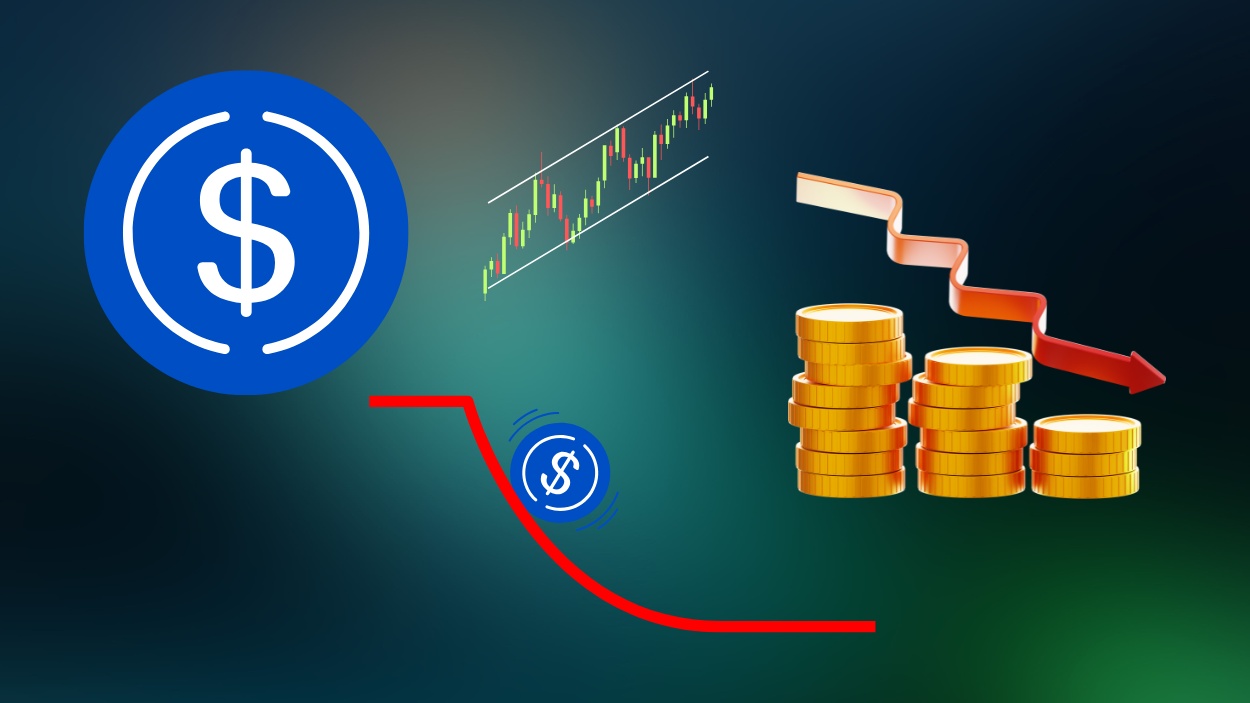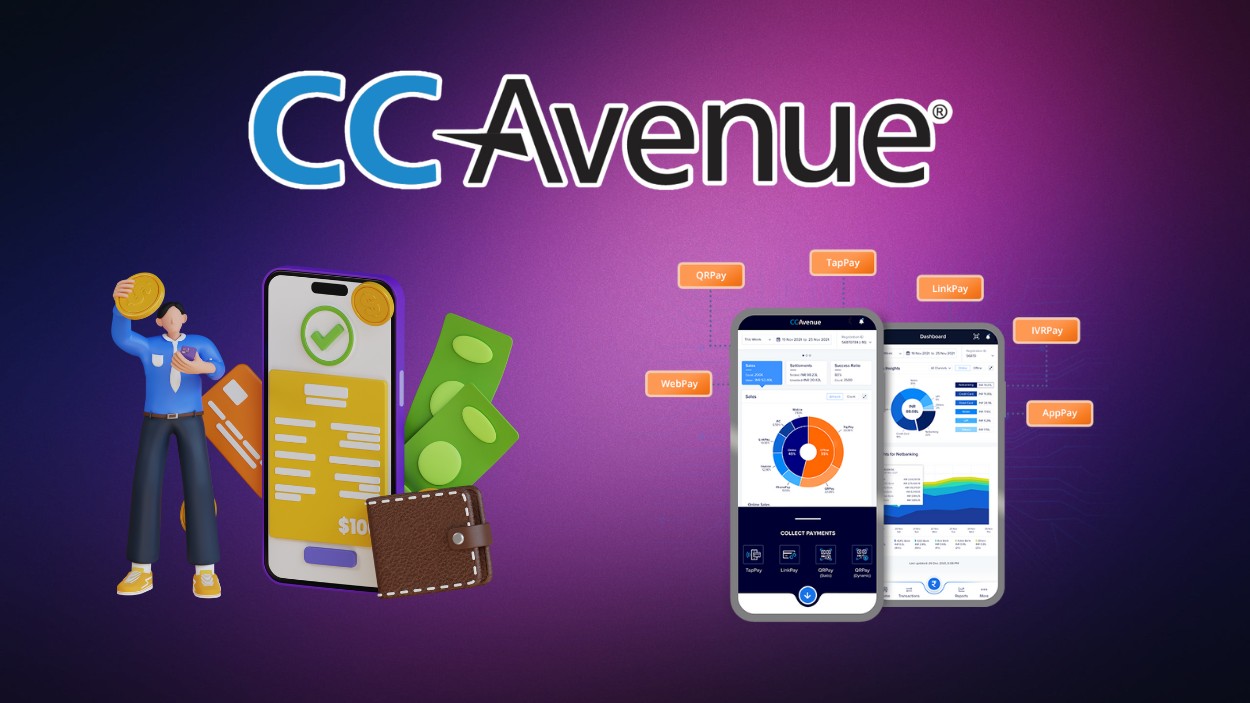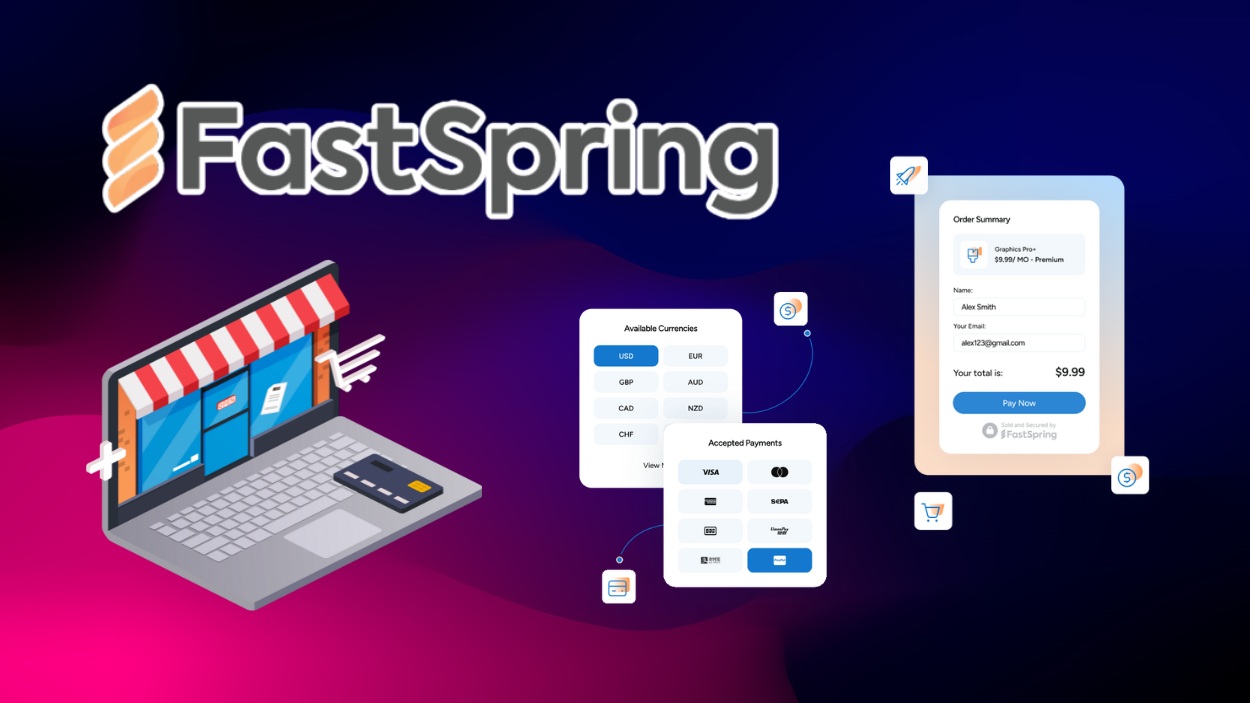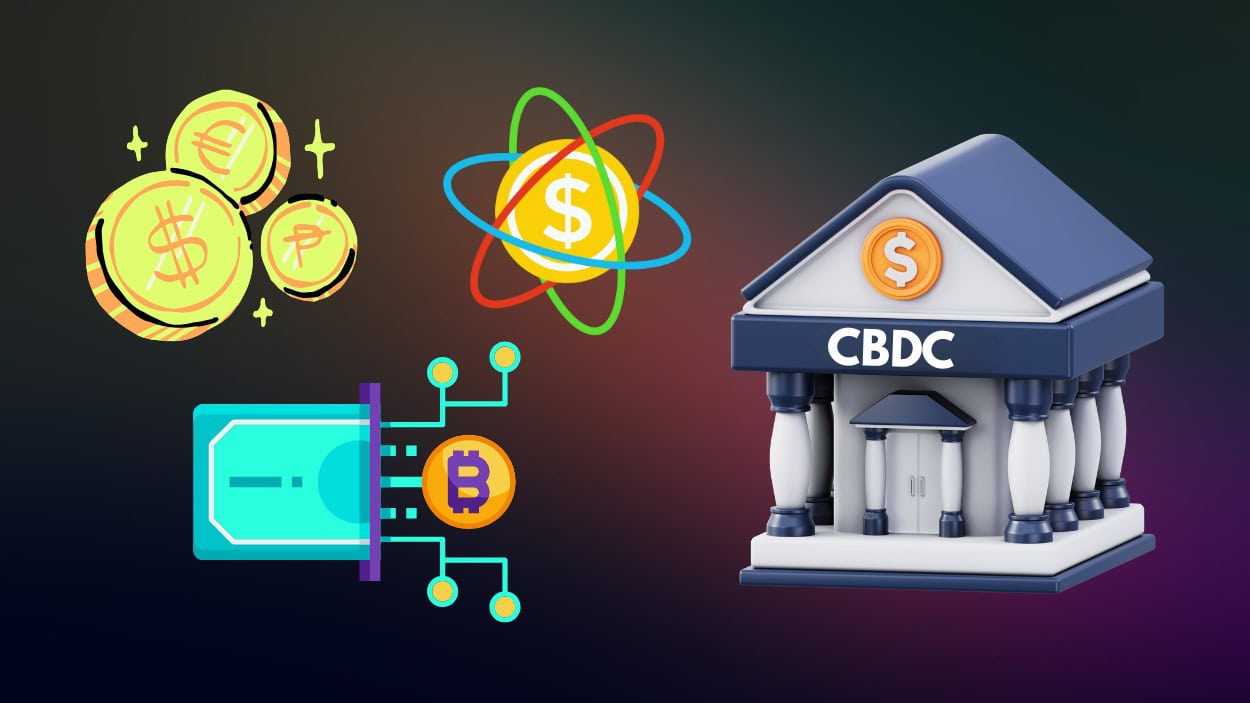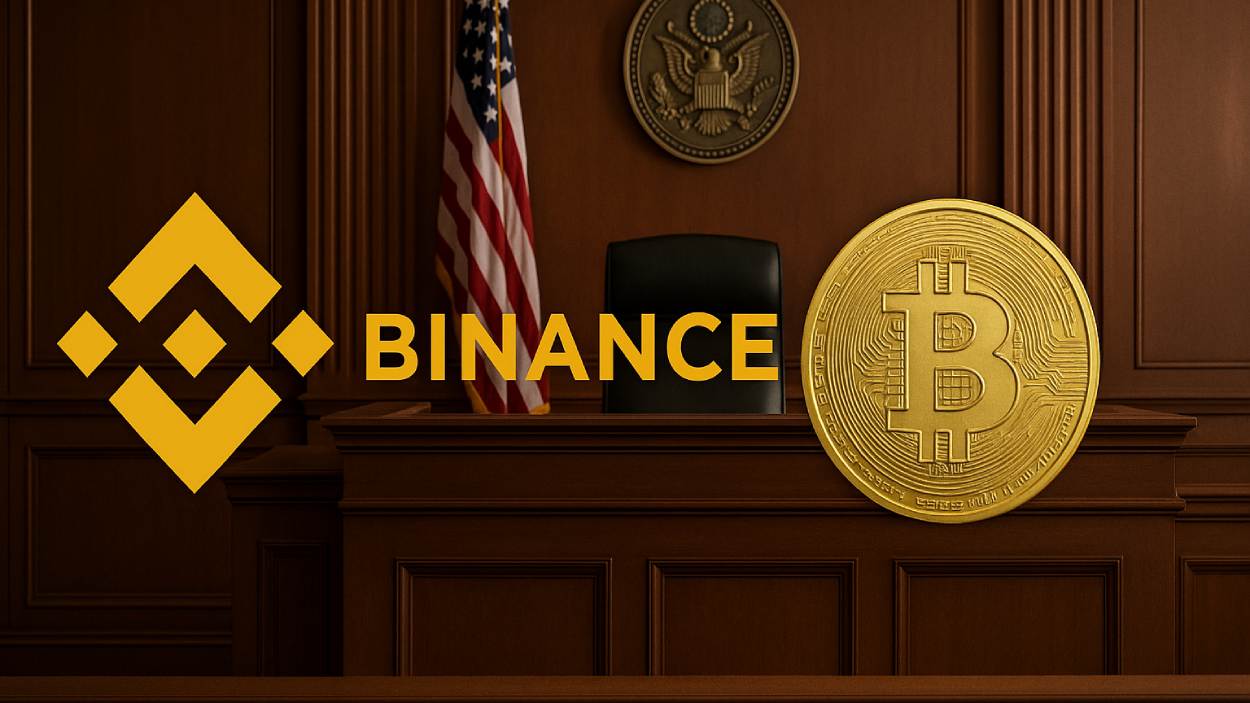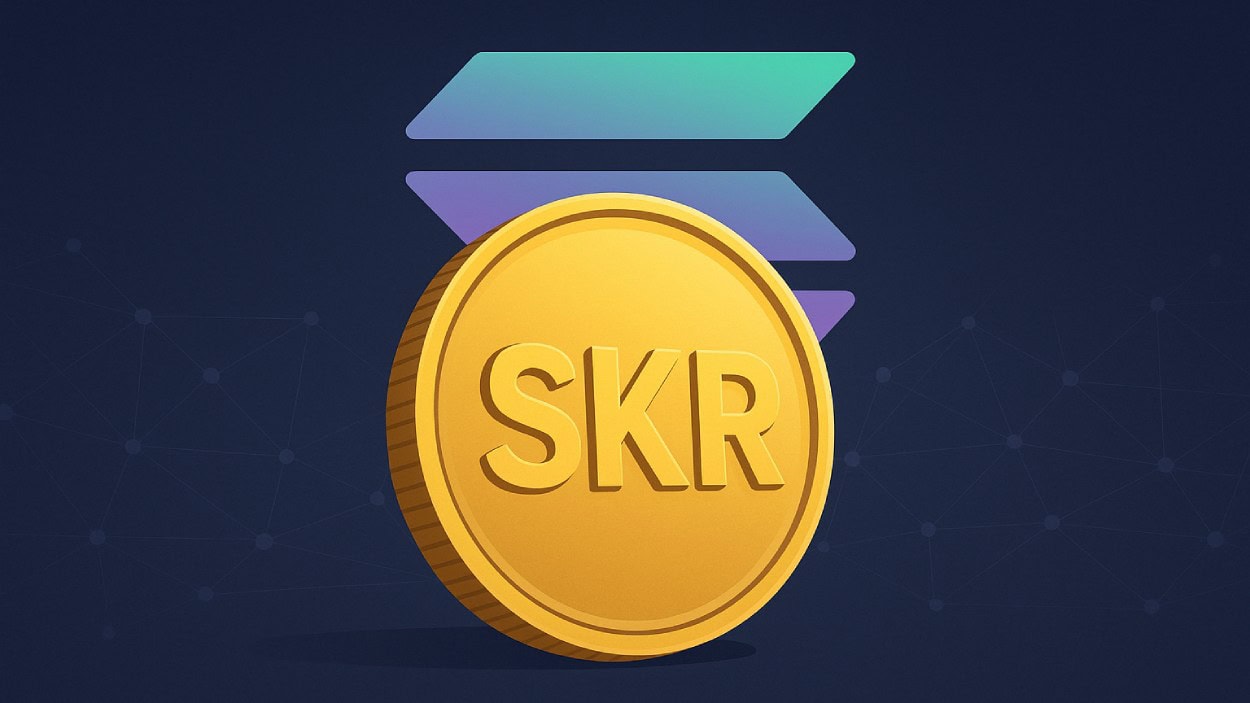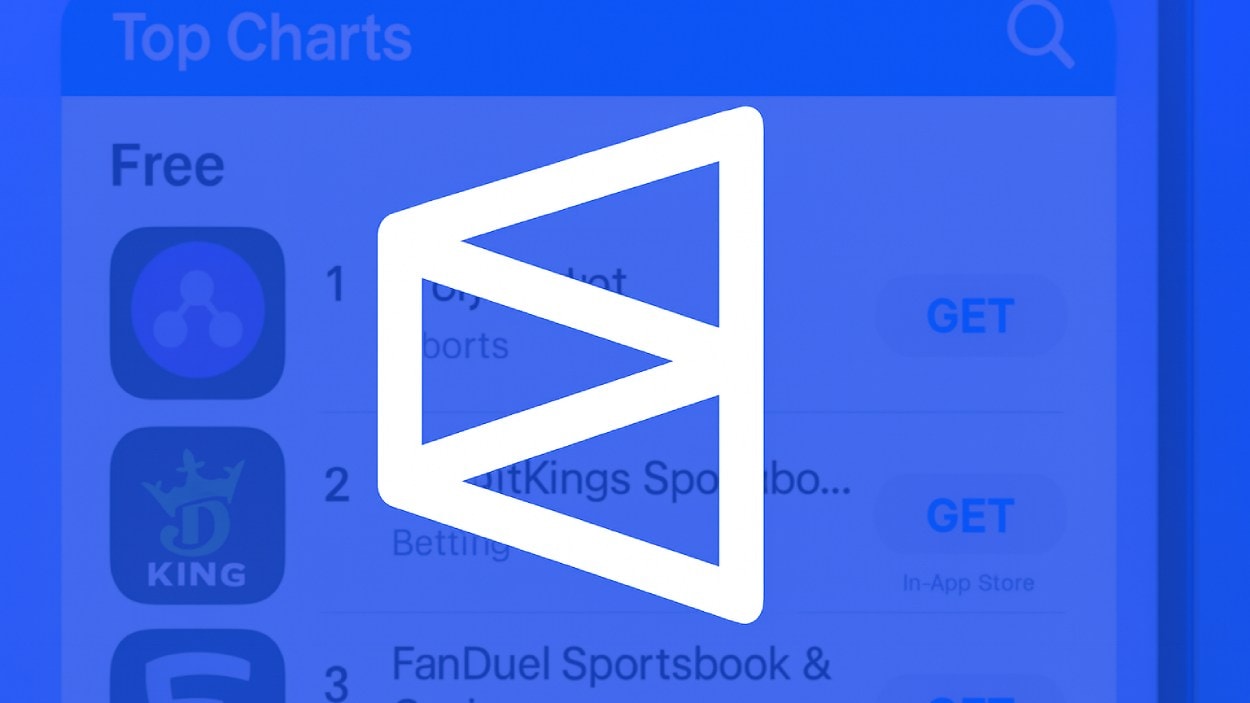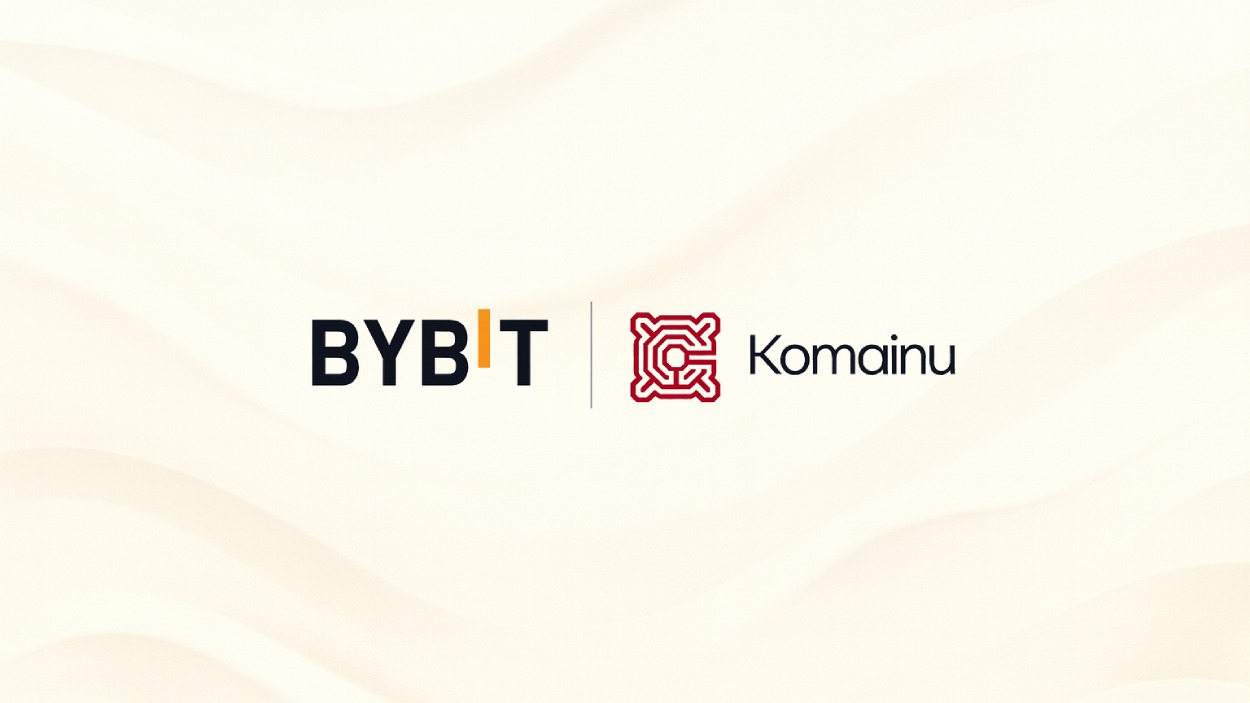Lido DAO has unveiled an ambitious automated buyback strategy for its LDO token, aiming to reduce supply and boost liquidity during favorable market conditions.
Key Takeaways
- Lido DAO is planning up to $10 million in annual automated LDO token buybacks, triggered when Ethereum’s price exceeds $3,000 and DAO revenues surpass $40 million.
- Buybacks will be executed via the decentralized NEST trading system, with a focus on minimizing market impact and enhancing transparency.
- A new Uniswap v2-style liquidity pool pairing LDO with wstETH will further support trading efficiency and token utility.
- The proposal aligns with a broader trend in DeFi, following similar moves by MakerDAO and Ether.fi to strengthen token value and liquidity.
What Happened?
Lido DAO’s finance workstream, Steakhouse Finance, has introduced a proposal to automate LDO token buybacks and create a new liquidity pool. The buyback mechanism, governed by pre-set triggers, is designed to repurchase LDO when ETH prices and DAO revenue reach specific thresholds. Simultaneously, a liquidity pool combining LDO and wrapped stETH (wstETH) will be launched on a Uniswap v2-like platform, with governance and custody handled via Aragon Agent.
🚨 Lido DAO plans to launch automated $LDO buybacks by Q1 2026.
— Wise Advice (@wiseadvicesumit) November 11, 2025
Buybacks trigger when $ETH price is high and revenue crosses a set limit, reducing supply and boosting liquidity.$UNI started it, now Lido’s stepping in… who’s next? 👇 pic.twitter.com/BfkplB8NQk
Automated Buybacks to Stabilize and Strengthen LDO
The core of the strategy is an automated buyback mechanism that activates when two conditions are met: Ethereum trades above $3,000 and Lido’s annualized revenue exceeds $40 million. This ensures that buybacks only occur during times of financial strength.
- Each buyback round will involve parcels of 350,000 LDO tokens.
- A 2% market impact cap is built in to minimize price disruption.
- NEST, a decentralized trading platform, will be used to execute transactions without relying on centralized exchanges.
This buyback framework draws comparisons to MakerDAO’s Smart Burn Engine, showcasing a growing emphasis on strategic treasury management across DeFi.
Liquidity Pool to Enhance Trading Efficiency
To complement the buybacks, Lido DAO will introduce a liquidity pool pairing LDO with wstETH, enhancing on-chain trading while reducing reliance on volatile external markets.
- The pool will launch with 200,000 LDO and 50 stETH.
- Aragon Agent will manage the liquidity provider (LP) tokens to ensure transparency and decentralized control.
- This setup is designed to increase the everyday utility of LDO in decentralized exchanges like Uniswap.
The pairing with wstETH also supports Lido’s broader role in Ethereum staking, where users can stake ETH and receive stETH or wstETH for use in DeFi protocols.
Economic and Market Impact
Analysts note that similar buyback strategies in DeFi have resulted in short-term price gains between 15% and 20%. If successful, Lido’s buyback initiative could support price appreciation and improve holder confidence.
- Protocol revenues, primarily from staking service fees (typically 10% of staking rewards), will fund the buybacks.
- With circulating LDO supply nearing 890 million out of a total of 1 billion, even modest buybacks could gradually reduce excess supply.
Forecasts suggest LDO’s price could increase from around $0.92 in October 2025 to $0.99 by early 2026, assuming market stability and consistent implementation.
Community Governance and Transparency
The proposal is currently under discussion in Lido’s official governance forum. Community members are encouraged to debate and vote, reinforcing Lido’s decentralized model.
- The use of Aragon Agent ensures secure, transparent handling of assets and LP tokens.
- This strategy supports the Lido 2026 roadmap, which aims to expand staking services and strengthen LDO’s role in DeFi.
Currently, Lido dominates the Ethereum staking ecosystem, managing over 30% of all staked ETH, according to platforms like DeFiLlama and CoinGecko.
CoinLaw’s Takeaway
In my experience, what Lido DAO is doing here is a textbook example of strategic treasury management in DeFi done right. Rather than reacting to market dips or diluting token value with unsustainable incentives, they’re creating a sustainable feedback loop between protocol success and token strength. I found their use of NEST and Uniswap pools especially clever, as it keeps everything on-chain and decentralized, which is crucial for long-term trust. If executed as proposed, this plan could set a new benchmark for how DAOs manage token economics in the Web3 era.

